Autonomous Plant is a project that explores how non-human beings can actively respond to the built environment. The central idea is that human and plant needs do not necessarily conflict; instead, they can be aligned to create mutual benefit. While humans inside buildings often prefer shade, plants seek sunlight. A dynamic façade system can satisfy both: shading panels maintain comfortable indoor conditions while plants adjust themselves to areas with optimal light.
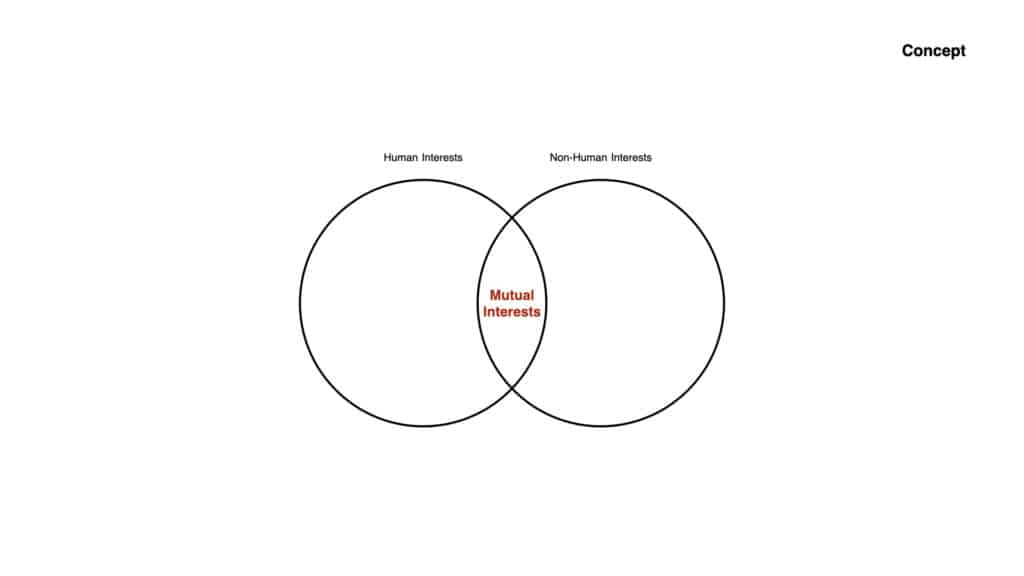
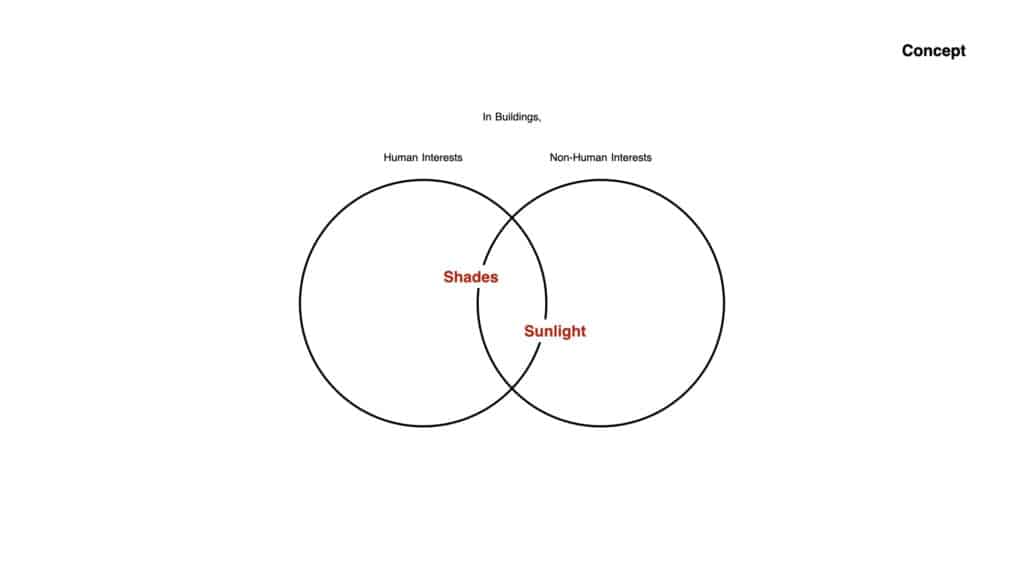
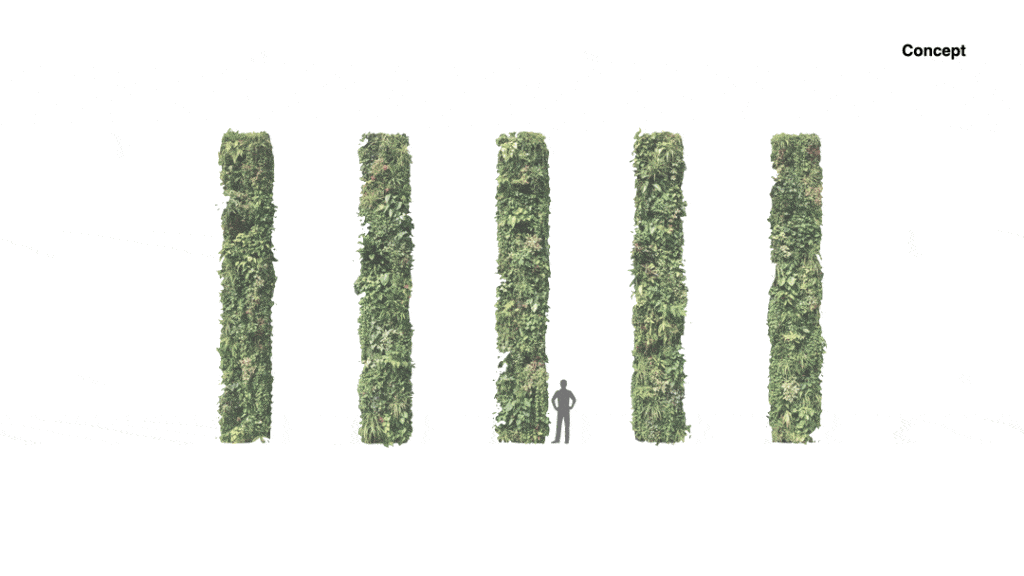
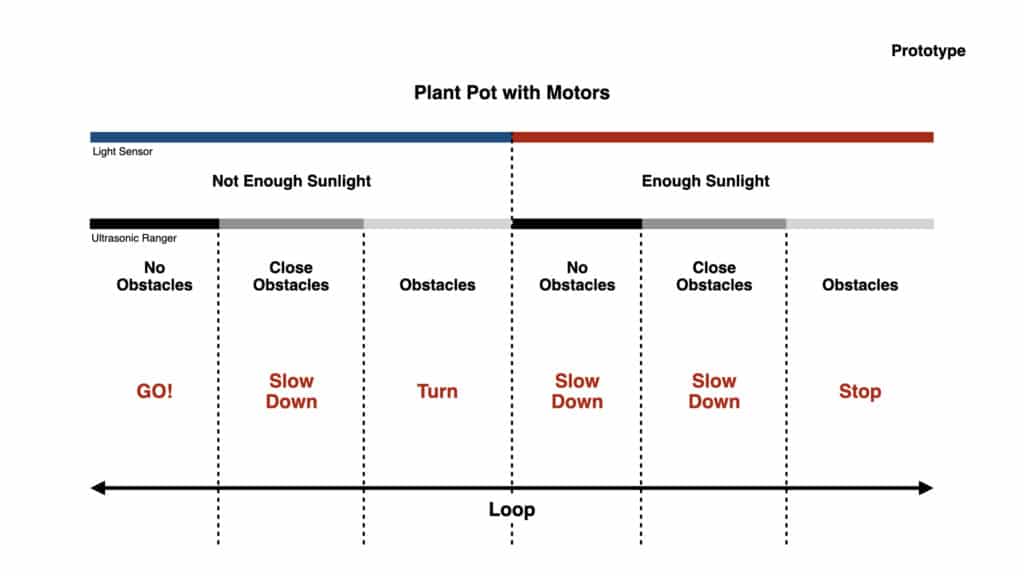
As a prototype of this concept, a plant pot with embedded mobility was developed. The system uses three sensors (a light sensor, an ultrasonic ranger, and a rotary angle sensor), two DC motors, and a buzzer. Based on the amount of sunlight and the presence of obstacles, six conditions are defined, each triggering a specific motor behavior. The pot moves slowly when sunlight is sufficient and obstacles are not critical, and it actively searches for light when sunlight is lacking. Upon detecting nearby obstacles, it slows down or stops, and if blocked, it rotates to find a new direction. After repeated unsuccessful turns, it pauses briefly before trying again, assuming that direct light might not be available momentarily.
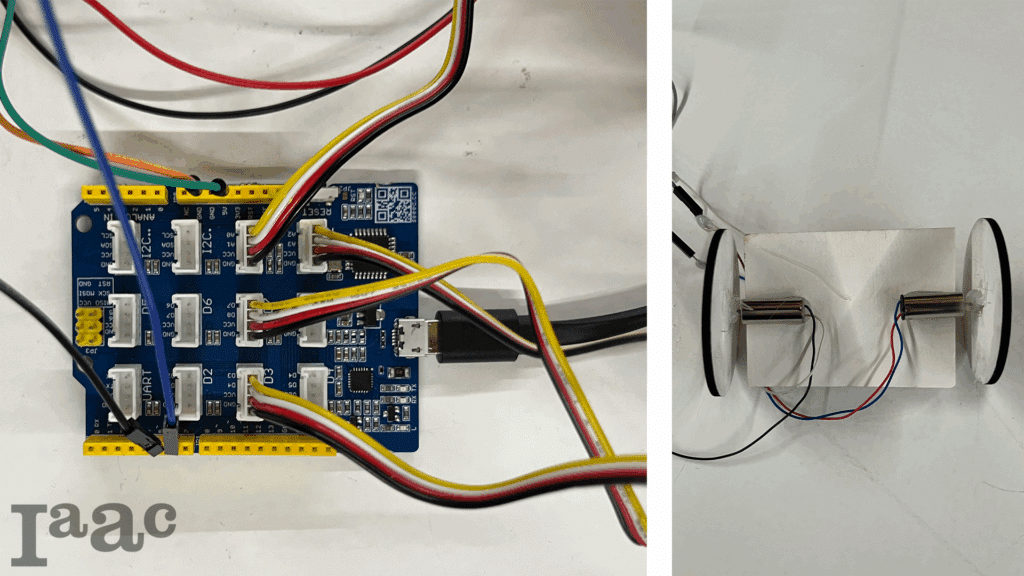
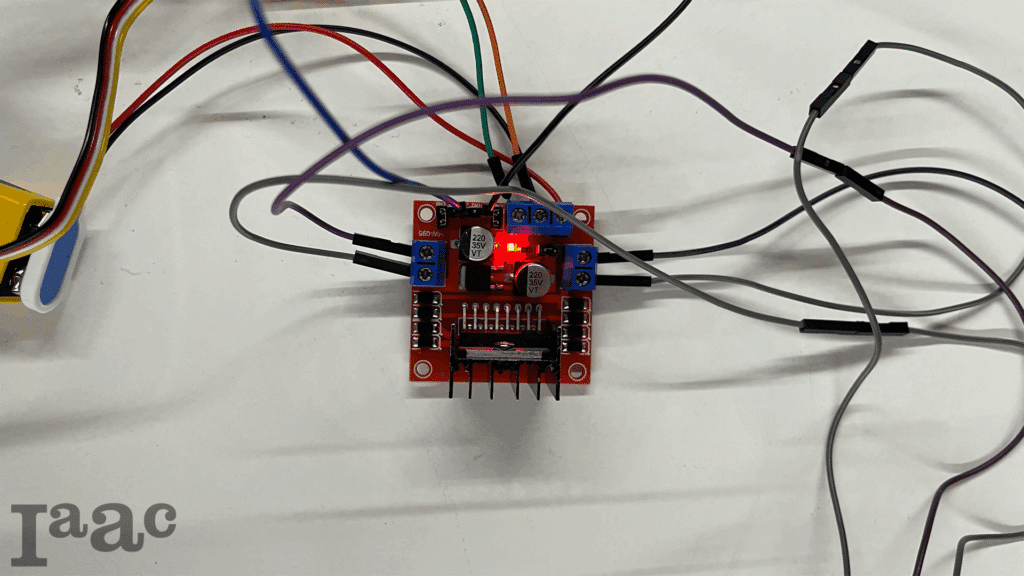

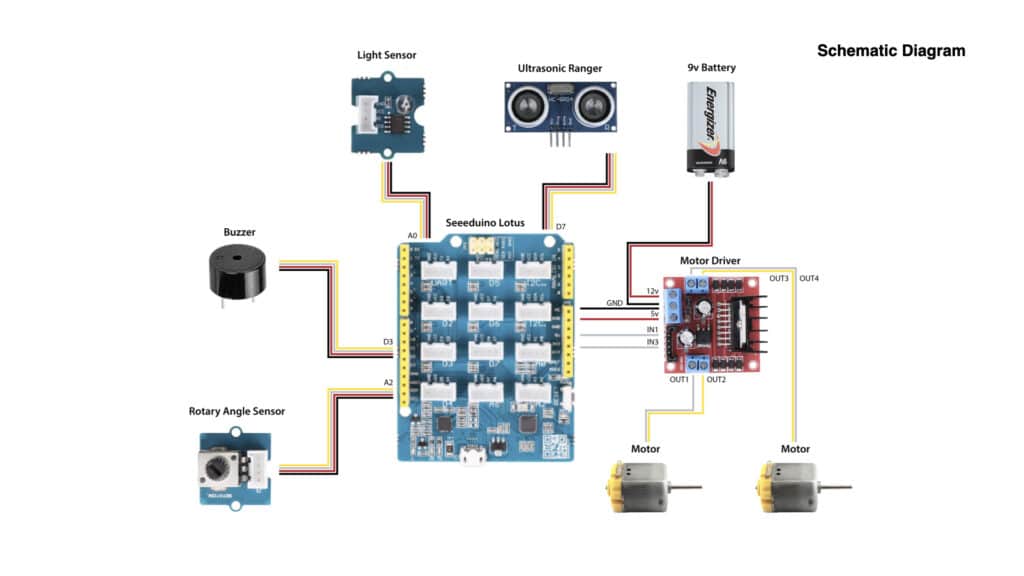
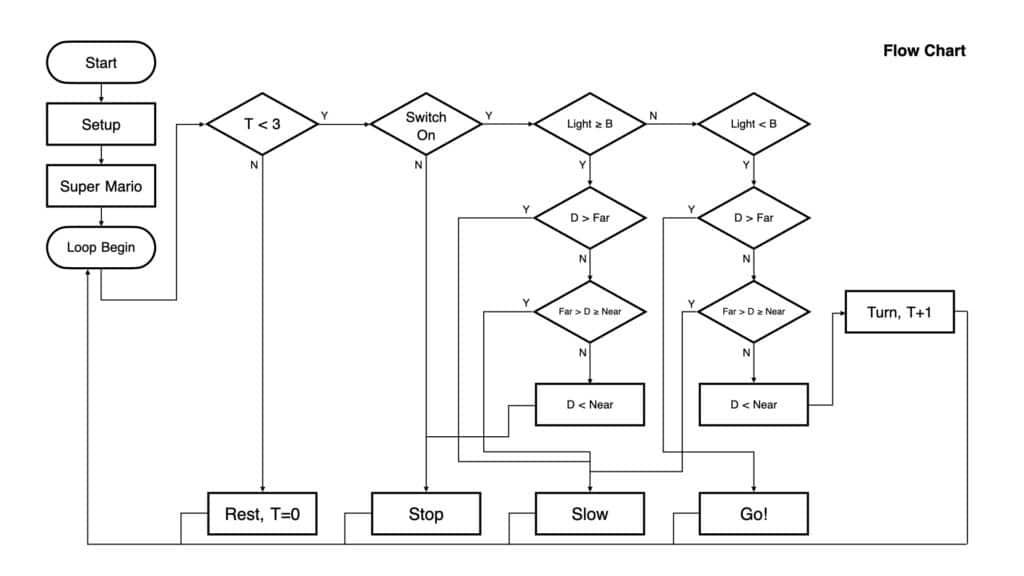
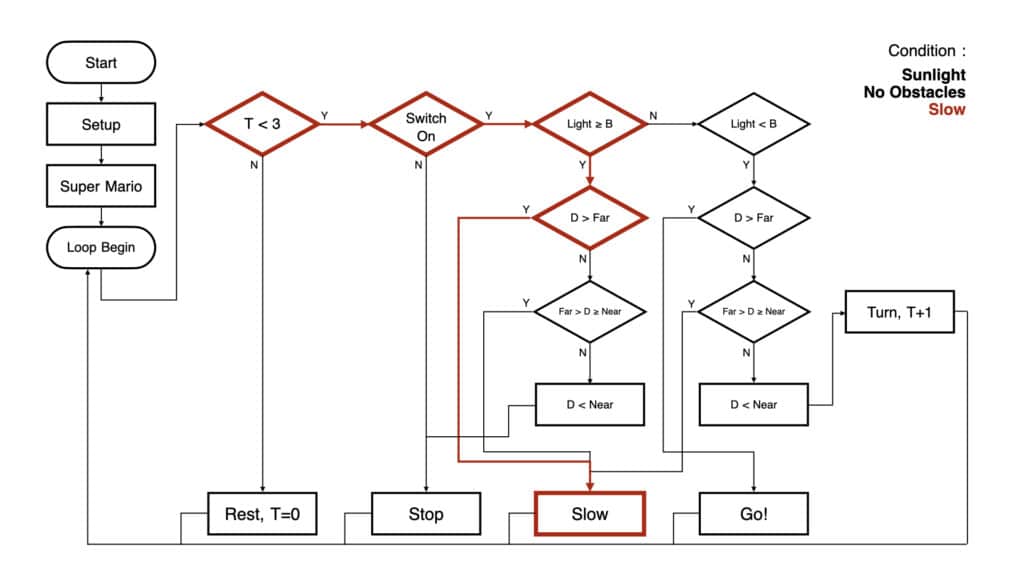
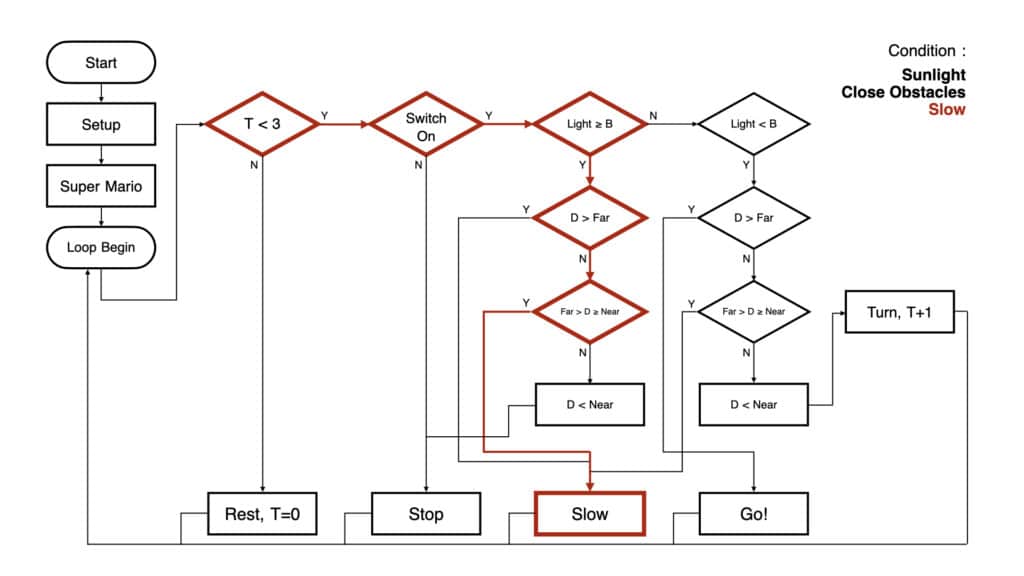
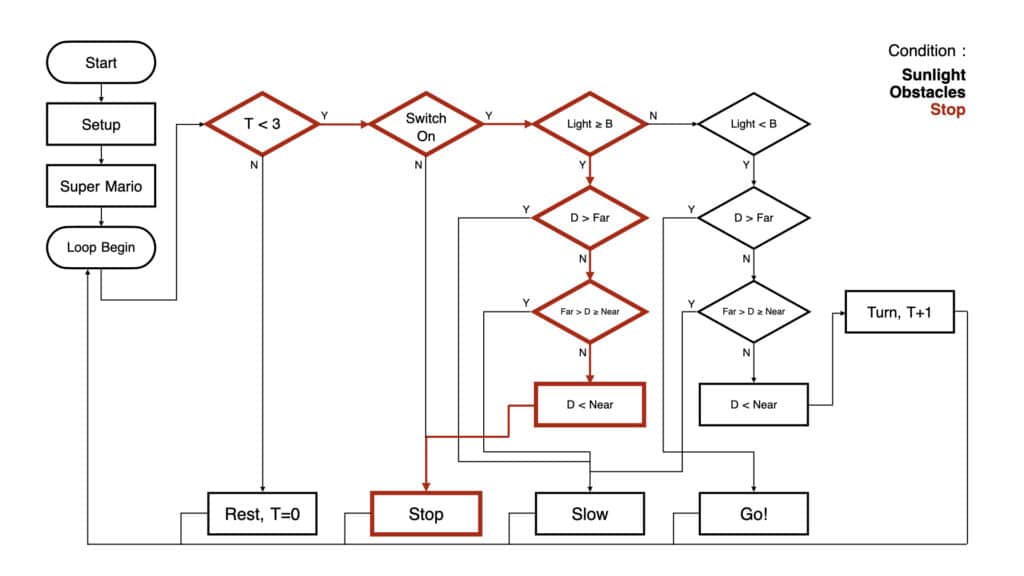
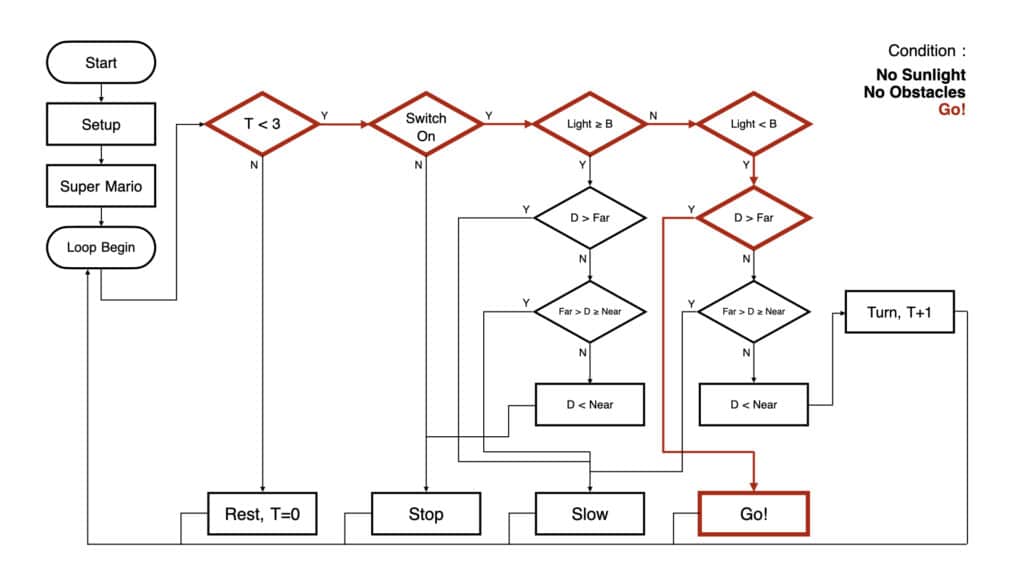
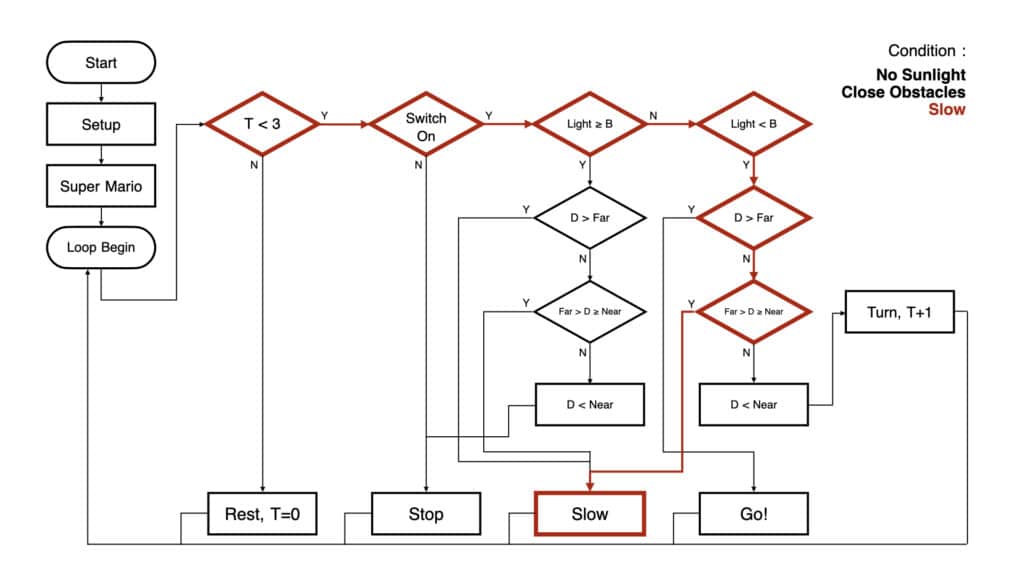
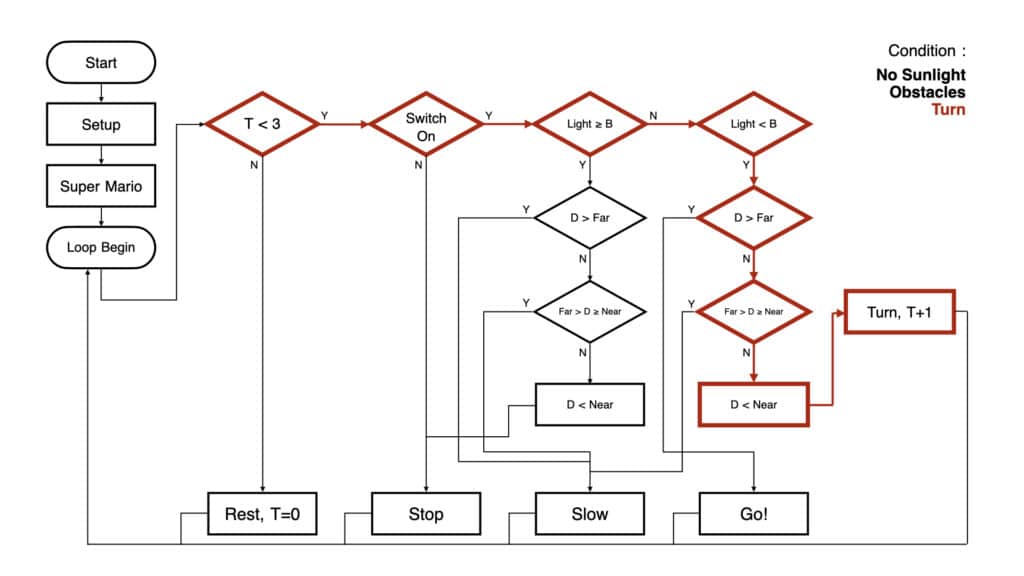
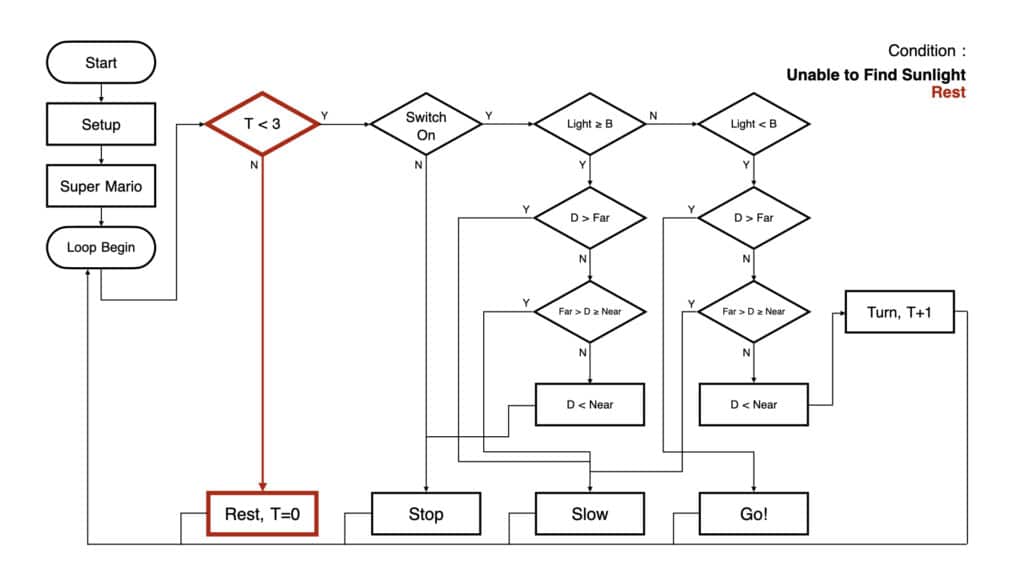
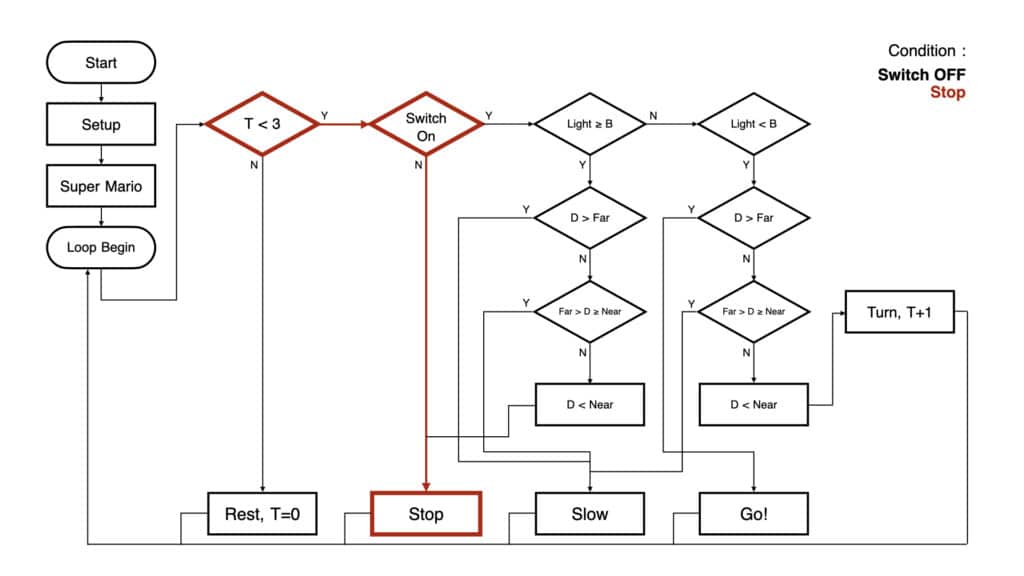
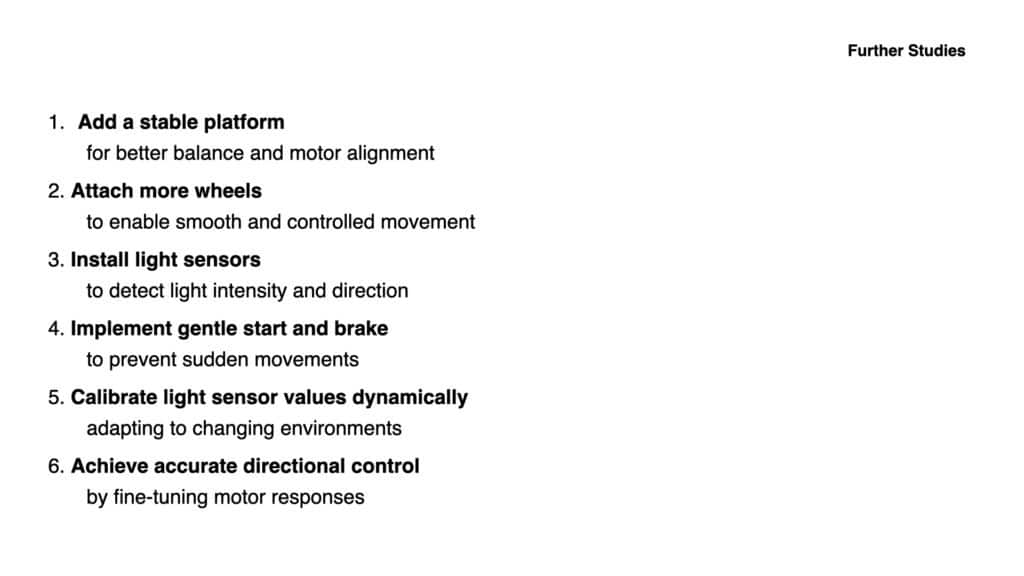
Future development could include designing a more stable physical platform with additional wheels, implementing bidirectional motors for smoother motion, and improving both software algorithms and sensing accuracy. Ultimately, Autonomous Plant suggests a model in which plants can autonomously position themselves to thrive—functioning not only as passive greenery but as active architectural elements.

